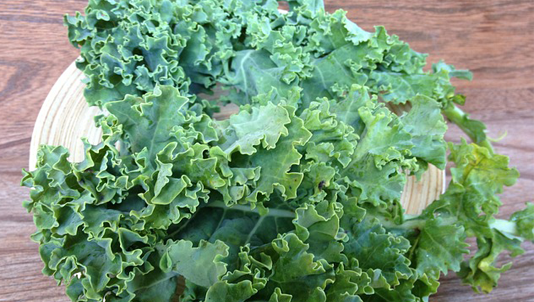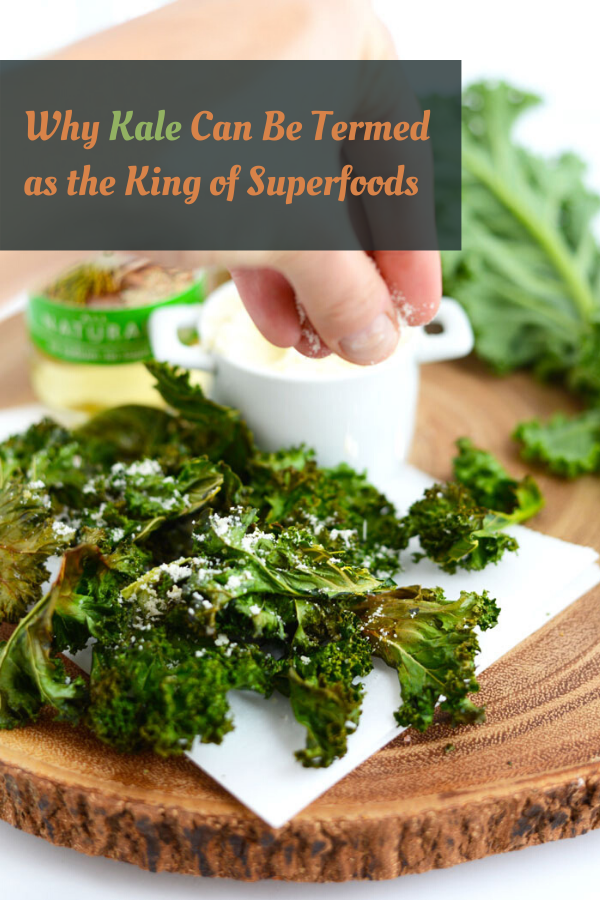
Kale has been gaining attention lately. You can see it mixed in many dishes, tossed in salads, pizza toppings, or blended in soups. Many claims, that kale is one of the best vegetables for your health
Getting to Know Kale
Kale or also known as borecole is a plant that belongs to the Bassica family. Its growth and appearance is similar to collard greens. Its distant cousins include broccoli, cauliflower, Brussels sprouts, and many more. Kale thrives in places with cool climate and light frost conditions. The cooler climate improves its sweet taste quality.
Preparation and Serving methods of Kale
Just like any other leafy greens, kale should be washed thoroughly in clean running water to remove the soil, dirt, and residues of fungicide and insecticide. Before cooking, you can remove the tough stalks and separate the healthy leaves from the wilted ones.
Health Benefits of Kale
Kale is increasing in popularity nowadays. But many people didn’t know what makes it a superfood. Let us discover why.
In the ancient times, kale is highly consumed by the Greek and the Romans because it is high in antioxidants with low fat and no cholesterol.
Just like other cabbage, broccoli, cauliflower, Brussel sprouts and other leafy greens, kale is rich in phytochemicals known as the sulforaphane and indole-3-carbinol. These phytochemicals prevents the risk of prostate and colon cancers.
Kale is a good source of beta-carotene, lutein and zeaxanthin. Both lutein and zeaxanthin is an important carotenoid that protects the eye. It is thought to provide antioxidant and protective light-filtering functions. Mainly, it protects against age-related macular degeneration related macular degeneration disease.
It is a great source of vitamin K, an important vitamin that plays a vital role in bone health, including bone formation and strengthening. Furthermore, vitamin K helps prevent neuronal damage in the brain. In many studies, kale aids in the treatment of patient’s suffering from Alzheimer’s disease.
High levels of vitamin C is also found in kale which is important to help the body develop resistance against infections, toxins, and harmful free radicals. 100 grams of fresh leaves of kale provides 200 percent of the daily-recommended allowance of vitamin C.
This humble green is a rich source of B-complex groups such as vitamin B6, thiamin, pantothenic acid, and many more, which are all important for the metabolic processes of the body.
Moreover, it is a natural source of minerals like copper, calcium, sodium, potassium, iron, manganese, and phosphorous. All of these minerals are a vital component in the body.
Just like beef, kale is known to be a good source of iron, protein, and calcium. It has anti-inflammatory properties that help prevent and even reverse some conditions such as arthritis, heart disease, and several autoimmune diseases.
Omega-3 fatty acids are also abundant in kale. Omega-3 fatty acids helps regulate blood clotting, build cell membranes in your brain, protect against heart diseases and stroke, combats autoimmune diseases such as lupus and rheumatoid arthritis.
Conclusion
The health benefits of kale are long and are very impressive. Because of all these benefits, this humble leafy green veggies well deserved the title of King of superfoods.
Enjoyed Why Kale Can Be Termed as the King of Superfoods? Share it with your friends so they too can follow the Superfoodsliving journey.
Share on Pinterest
